Park makes America’s Most Challenging High Schools list
Washington Post awards back to back years
October 3, 2017
According to Washington Post author Jay Matthews, Washington Post’s Most Challenging High Schools list was originally designed to give high schools credit for offering challenging courses, despite the results of their students’ standardized test scores.
“I created (the list) because I had written a book about Garfield High school in (Los Angeles), where most of the kids were low income and yet (the school) had a thriving AP program,” Matthews said. “I wanted to demonstrate what you would have if you ranked schools by AP or IB test participation, rather than by test score averages.”
Principal Scott Meyers said being on the list demonstrates Park’s academic merit.
“(Making the list) definitely is an honor, it’s great for our school, it tells a little bit about the hard work that students are doing,” Meyers said. “I love that it puts us on the map with some really impressive schools in Minnesota.”
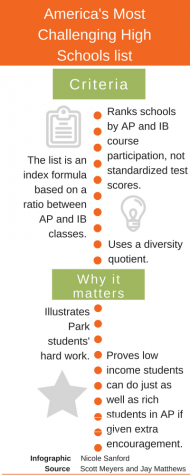 Matthews said any student can succeed in difficult courses if they are given sufficient support and resources.
Matthews said any student can succeed in difficult courses if they are given sufficient support and resources.
“My book on Garfield High, ‘Escalante: the Best Teacher in America,’ proved that low income students can do just as well as rich students in AP if you give them extra encouragement and time to learn,” Matthews said. “It is essential that all Americans understand this, but at the moment, most of us think if your parents are poor then you are unlikely to be able to handle such difficult courses.”
According to freshman Ryan Barnett, making the list came to his surprise.
“I didn’t (know Park was on the list), actually,” Barnett said. “It’s super exciting I guess, it’s super fun and it makes me feel happy that I’m a part of this school.”
Meyers said Park meets requirements in multiple areas, including a variety of course options and a diversity quotient.
“(The list is) an index formula, it’s a ratio between AP, IB (classes) and it’s not just that,” Meyers said. “There’s some proficiency scores, there’s also a diversity quotient that (Washington Post factors) into, which I believe is one of the things that has really helped our school stay on the list, and it’s what’s changed the most.”
Barnett said he enjoys taking higher level classes offered by Park because they open opportunities for him to progress academically.
“I take AP Environmental Science, Honors Higher Algebra, Honors English and Honors Civics,” Barnett said. “I just want to get ahead and do the best I can.”
According to Meyers, accounting for the post-secondary options available to high school students in addition to the current list criteria would more accurately represent Park’s challenging academics.
“One thing that I would ask (Washington Post), or challenge them to add, would be students acquiring post-secondary credit while in high school,” Meyers said. “I think that would be an important step because one of the untold portions of our school is in addition to AP and IB, we also have articulated courses and concurring courses where students are going to get credit wherever they go next.”



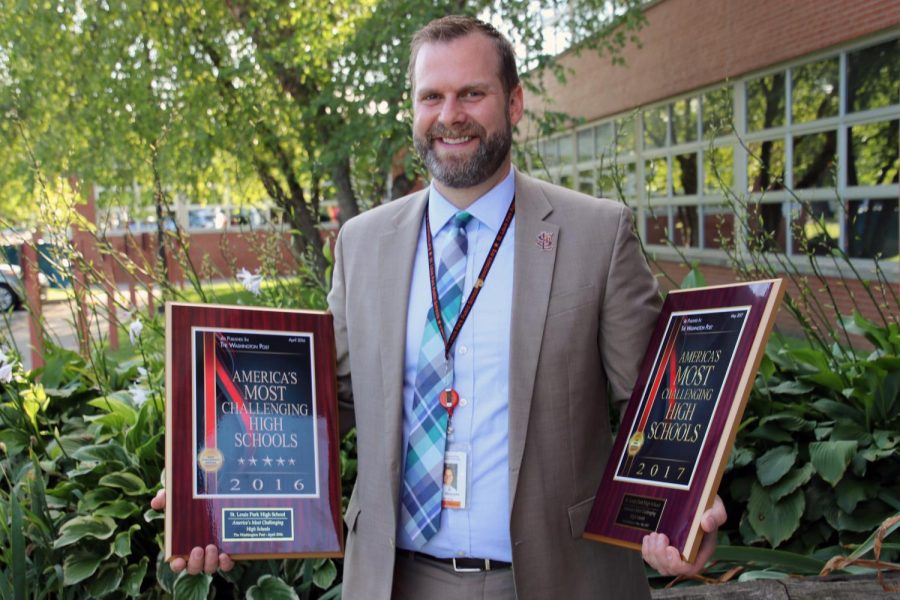
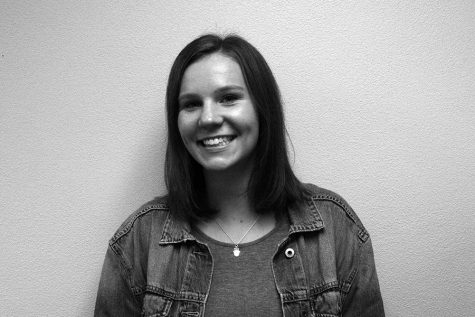


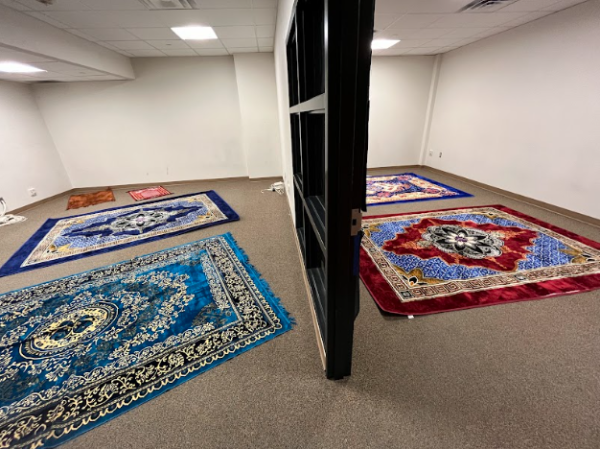

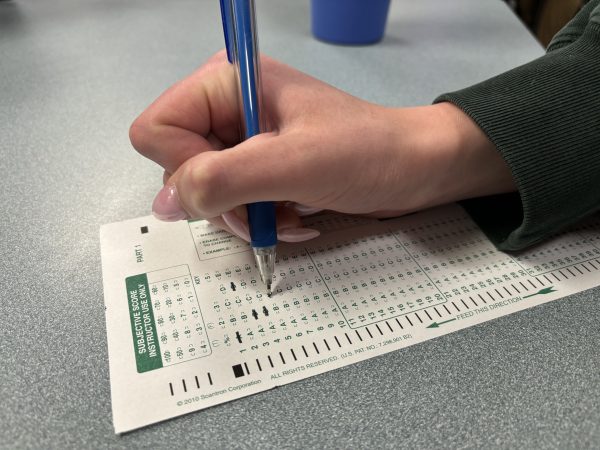
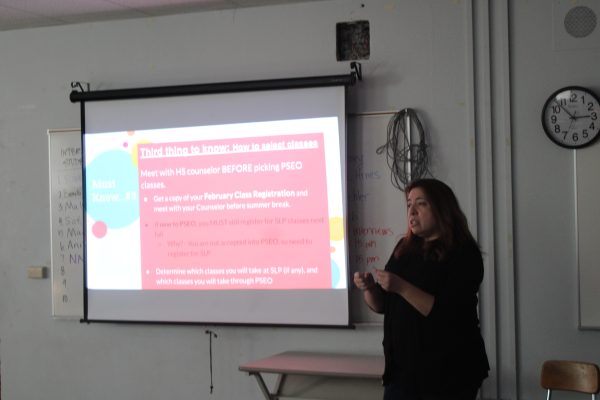

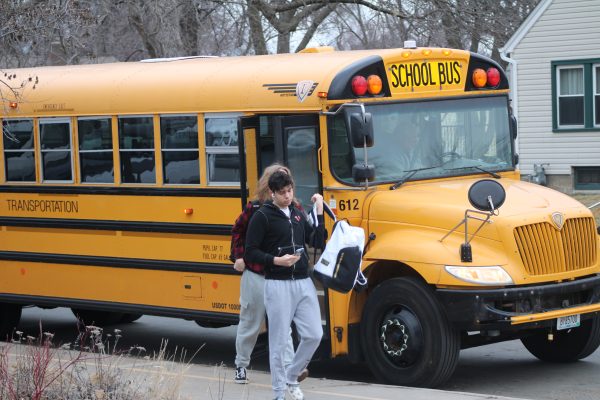
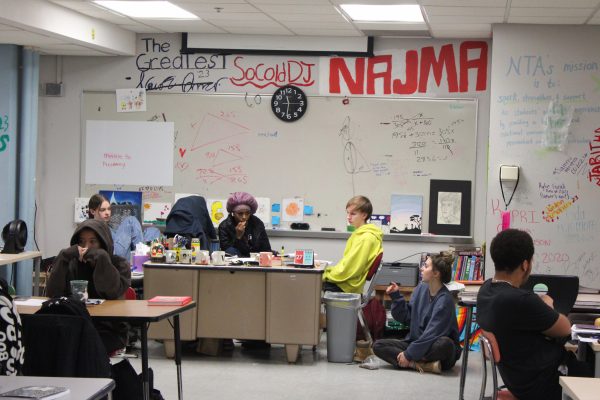
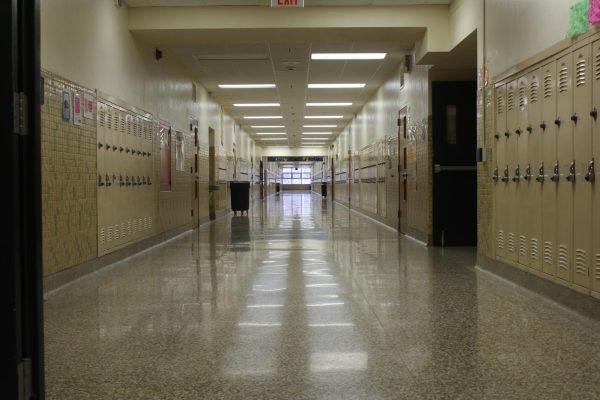
Carolynn C. Wiggin • Oct 5, 2017 at 11:05 am
Kudos to SLP High School !!!